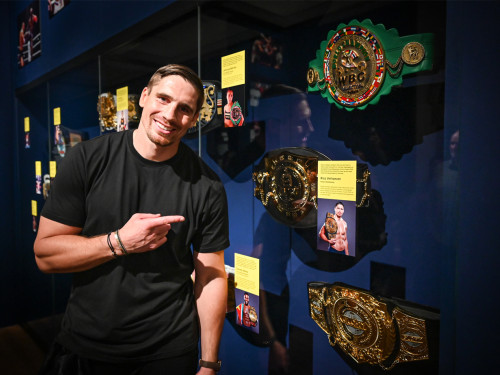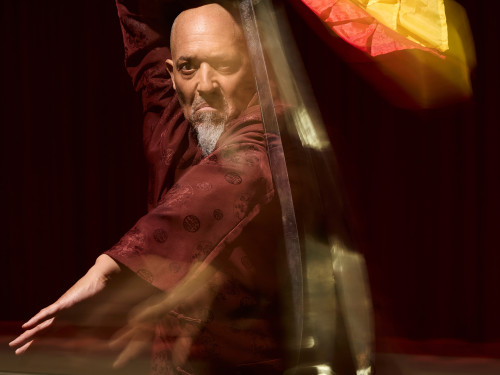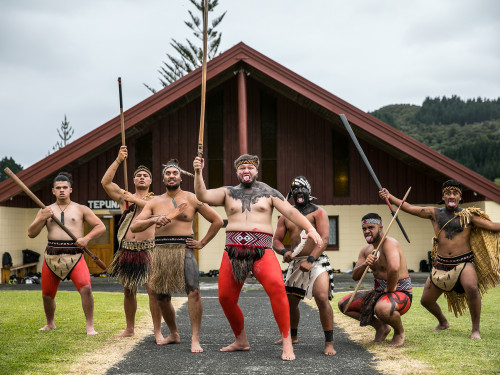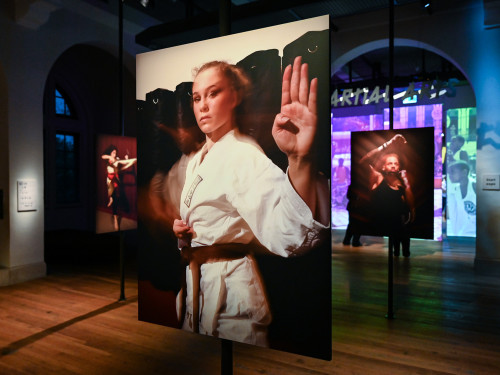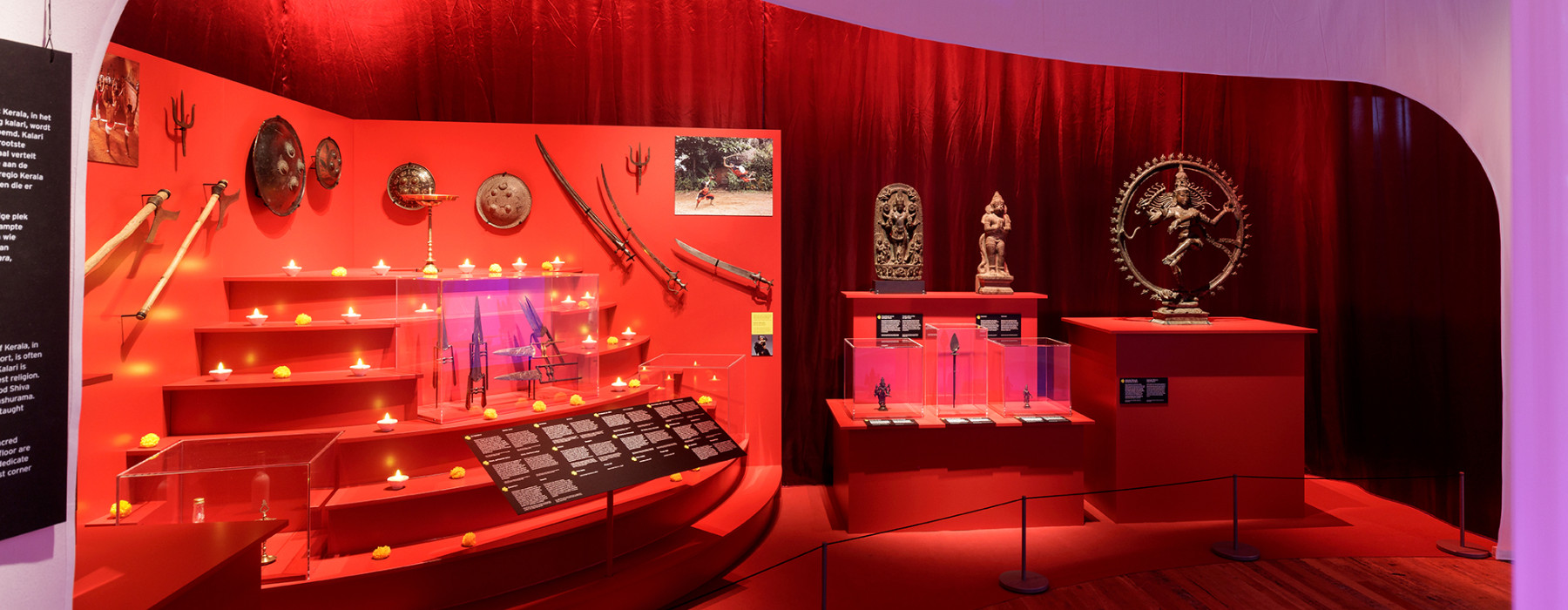
Many martial arts are linked to religion, spirituality and philosophy. In Asia, Buddhism, Taoism and Hinduism are considered integral parts of ancient martial arts. Physical training can lead to spiritual elevation, and training the mind makes for a better fighter.
One particular example is Kalaripayattu, the ancient martial art from southwestern India. In the exhibition, you'll see a display of Hindu statues of gods and deities. Practitioners of Kalaripayattu salute each of the gods and dedicate a short prayer before training begins. Ganesha, son of Shiva and Parvati, is first. This famous elephant-headed god removes obstacles and supports people starting something new.

